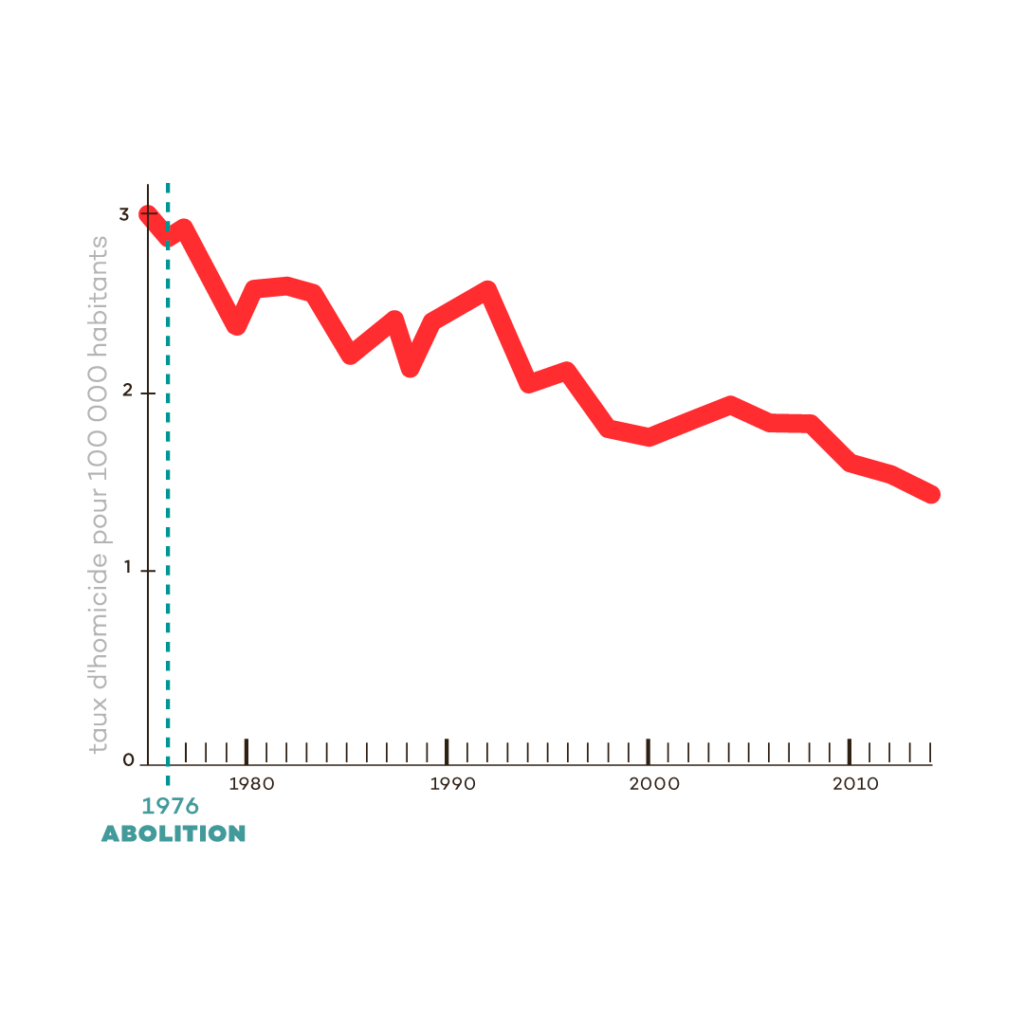1-Contrary to human rights
The right to life is a fundamental right enshrined in several international human rights conventions.
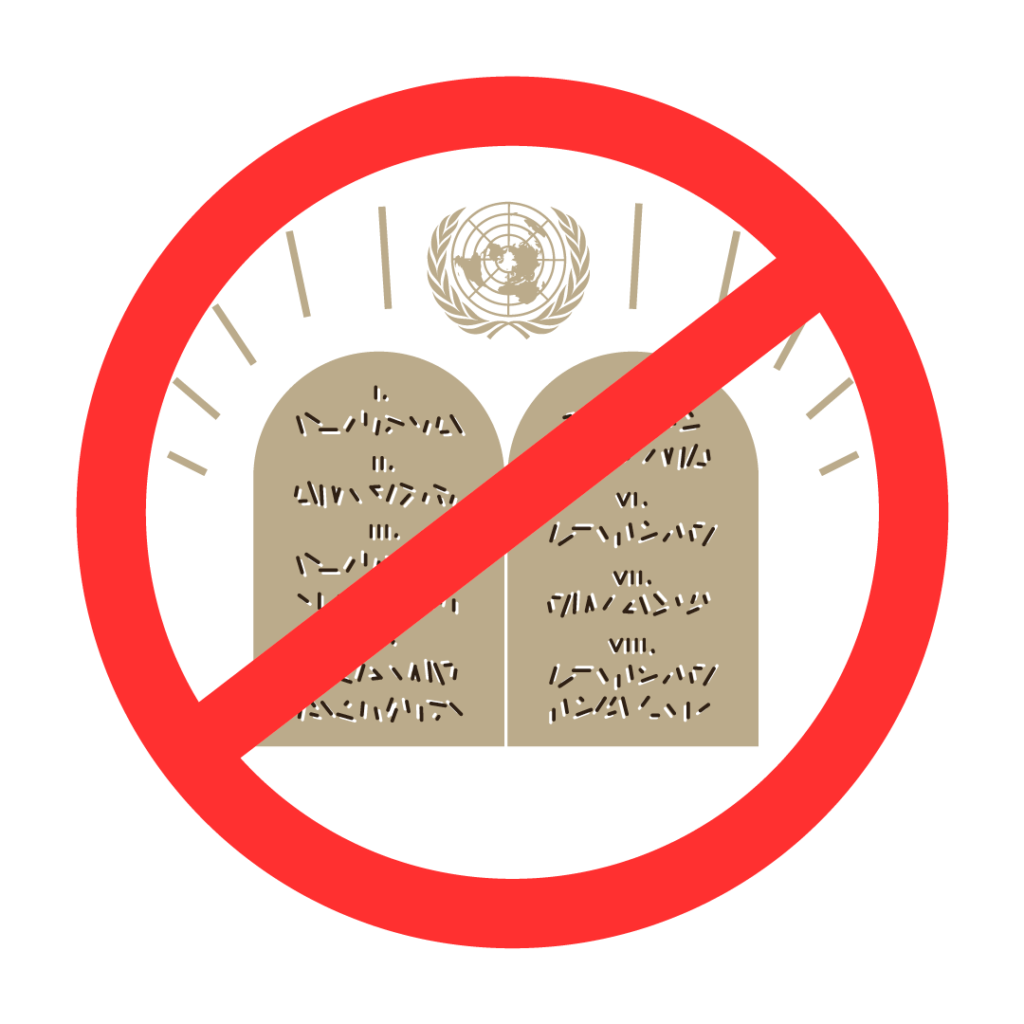
On the occasion of the annual World Day against the Death Penalty on 10 October, Ban Ki-moon, Secretary-General of the United Nations (2014), stated that the death penalty is a cruel practice contrary to the principle of human dignity and that a growing number of States in all regions of the world have recognised that capital punishment does not serve justice.
Everyone has the right to life, liberty and security of person
Universal Declaration of Human Rights, Article 3
Every human being has the inherent right to life. This right shall be protected by law. No one shall be arbitrarily deprived of his/ her life
Universal Declaration of Human Rights, Article 6
Each State Party shall take all appropriate measures to abolish the death penalty within its jurisdiction.
Second Optional Protocol to the International Covenant on Civil and Political Rights (OP2), Article 1. This is the only international treaty on the abolition of the death penalty which prohibits executions and provides for total abolition.
2 – Not a deterrent
It is ineffective in fighting crime and does not make society safer.
When a state deems life to be of no value, it spreads this idea among its citizens, not making its society safer. On the contrary, the death penalty has never been proven to have a deterrent effect and several studies insist that violence leads to violence: countries that use the death penalty generally have higher crime rates than abolitionist countries.
If we look, for example, at the twenty safest countries in the world, according to the 2019 Peace Index, we see that only three of them apply the death penalty.
3 – Revenge not justice

It perpetuates the cycle of violence and suffering, where justice aims instead to organise reparation
of the situation in order to restore balance and
peace in the community.
The use of the death penalty weakens the very concept of justice in countries that apply it. It responds to the law of retaliation, an ancestral law based on the reciprocity of crime and punishment symbolised by the expression, “An eye for an eye, a tooth for a tooth”.
An eye for an eye will leave everyone blind
Mahatma Gandhi
4 – Irreversible
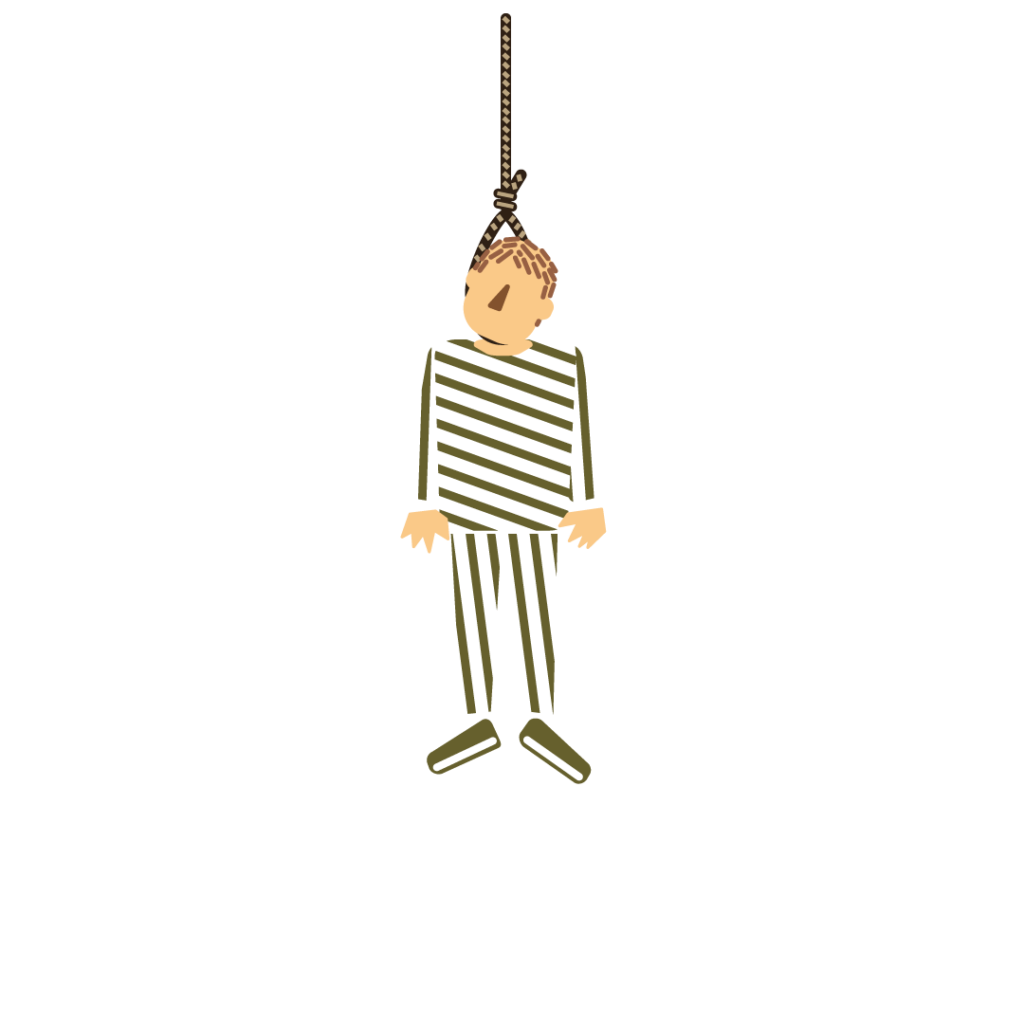
Miscarriages of justice exist, so the death penalty can kill innocent people.
Lack of resources, capacity and independence of police forces and the judiciary are the main reasons for death sentences. The poor quality of legal representation is also a factor: in many countries, those facing the death penalty have a court-appointed lawyer who does not necessarily have the expertise to provide adequate representation.
Justice is rendered by fallible humans. Nothing will ever prevent miscarriages of justice.
Robert Badinter, ECPM Honorary President
Some convicts are exonerated, sometimes after more than twenty years on death row, and sometimes even after their execution, as documented by the website peinedemort.org.
5 – Torture
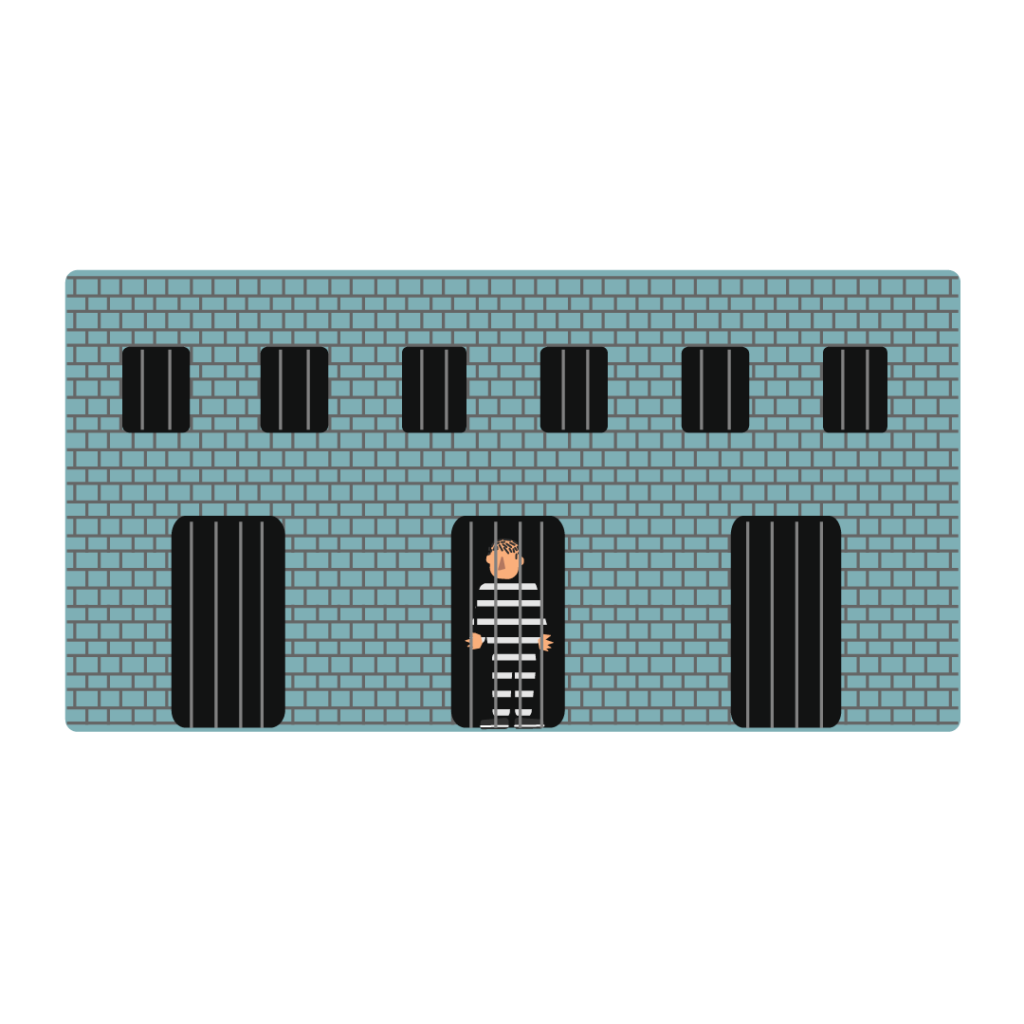
Appalling detention conditions, psychological distress and execution methods: the death penalty is a cruel, inhuman and degrading form of punishment.
A punishment that denies all hope is in practice a form of torture. Death row prisoners live in constant fear of being killed, for twenty, thirty, forty years. This is known as death row syndrome. Besides, there is no humane way to kill a human
being; whatever the technique used to kill, it always causes extreme suffering.
The torture caused by the death penalty takes different forms, both physical and psychological:
- Overcrowding: In the Democratic Republic of Congo, Makala prison is at 560% of its capacity.
- Indefinite waiting: in Lebanon, half of all convicts spend between 16 and 25 years in detention.
- Isolation: in Malaysia, convicts are held in cells for 23 hours a day.
- Physical torture: In Cameroon, 24 methods of torture are used to break and humiliate prisoners.
- Remoteness: in Mauritania, 85% of convicts are incarcerated more than 1,000 km from the capital and receive no visits.
- Moral torture: public executions, for example in China, Iran and Saudi Arabia, are a form of torture denounced by the United Nations.
6 – Discriminatory
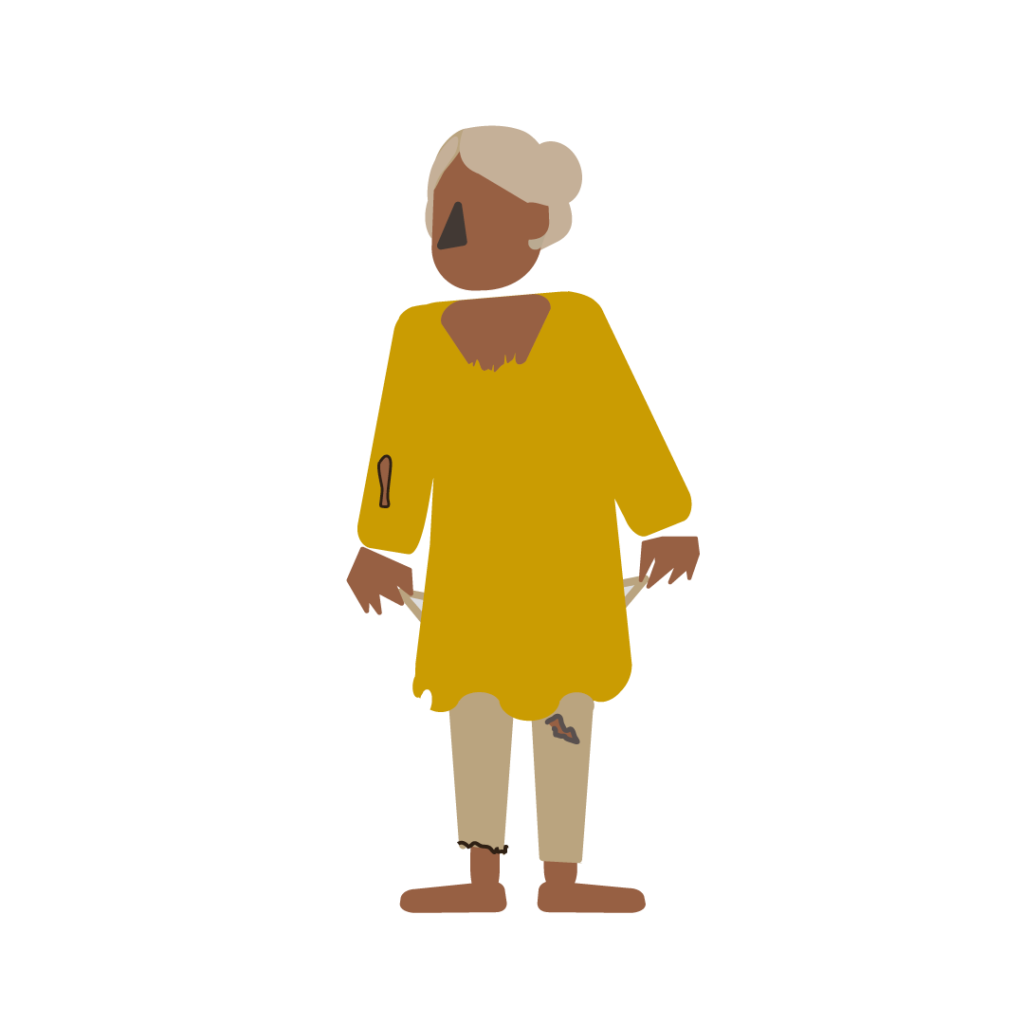
The death penalty is applied unequally.
Defendants from disadvantaged backgrounds face two problems: lack of financial means to defend themselves and lack of knowledge of the legal
system necessary to understand what is at stake in their trial and how the justice system works.
It is also particularly used against stigmatised minorities: migrants, homosexuals, ethnic or religious groups, etc.
In India, as reported by the National Law School, Delhi, in its Death Penalty India Report (2016):
- 89% of death row inmates did not see a lawyer before their appearance
- 74% are economically vulnerable
- 76% are from religious minorities or disadvantaged classes
- 20% have never been to school
If you can’t imagine putting someone to death for homosexual sex between consenting adults, how can you accept people being sentenced to death because they are poor?
Agnès Callamard, Special Rapporteur on executions
7 – A tool of political repression
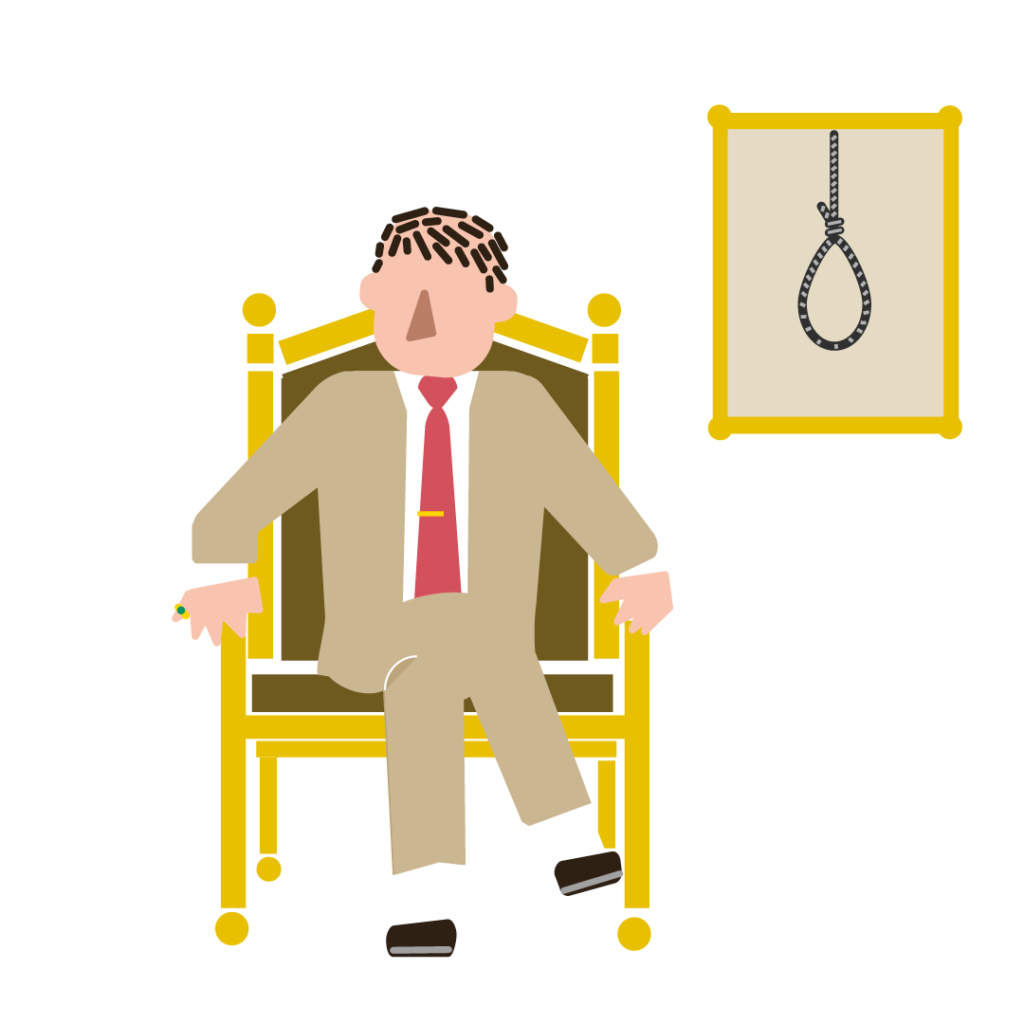
It is used as a tool of repression (against the population) and to exert pressure (between countries).
Many countries apply it as a means of political and/or religious repression: you do not demonstrate against government policy, when simply expressing your opinion is enough to send you to the scaffold. It is also frequently used as a tool to exert pressure between countries, with foreign death row prisoners the subject of negotiations and used as political bargaining chips.
The death penalty has never had any effect in limiting crimes and has always been used to liquidate opponents.
Moncef Marzouki, former President of the Republic of Tunisia (2011-2014)
In Iran, for example, 120 people were executed between 2010 and 2019 for belonging to banned political groups.
8 – Traumatic
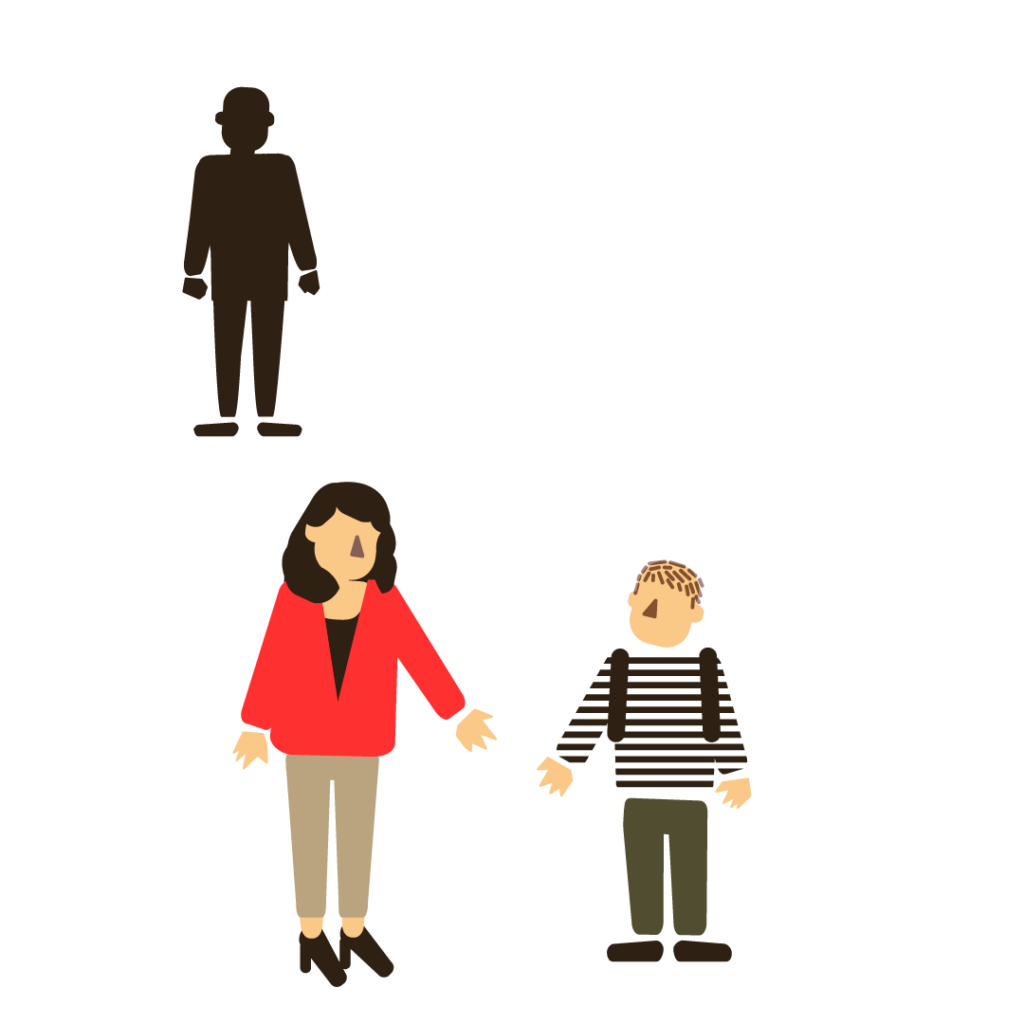
The death penalty creates new victims.
Not only do death sentences fail to provide relied to the relatives of victims of the original crime, but they also extend the suffering and trauma to the families of those sentenced to death, as well as to the jurors, lawyers, judges, etc. involved in the case.
We should never ignore the post-traumatic stress caused by the responsibility of killing a human being and how difficult it is to digest one’s own physical involvement in the death of another
Aramis Alaya, Florida Chief Prosecutor (USA)
9 – An obstacle to the truth
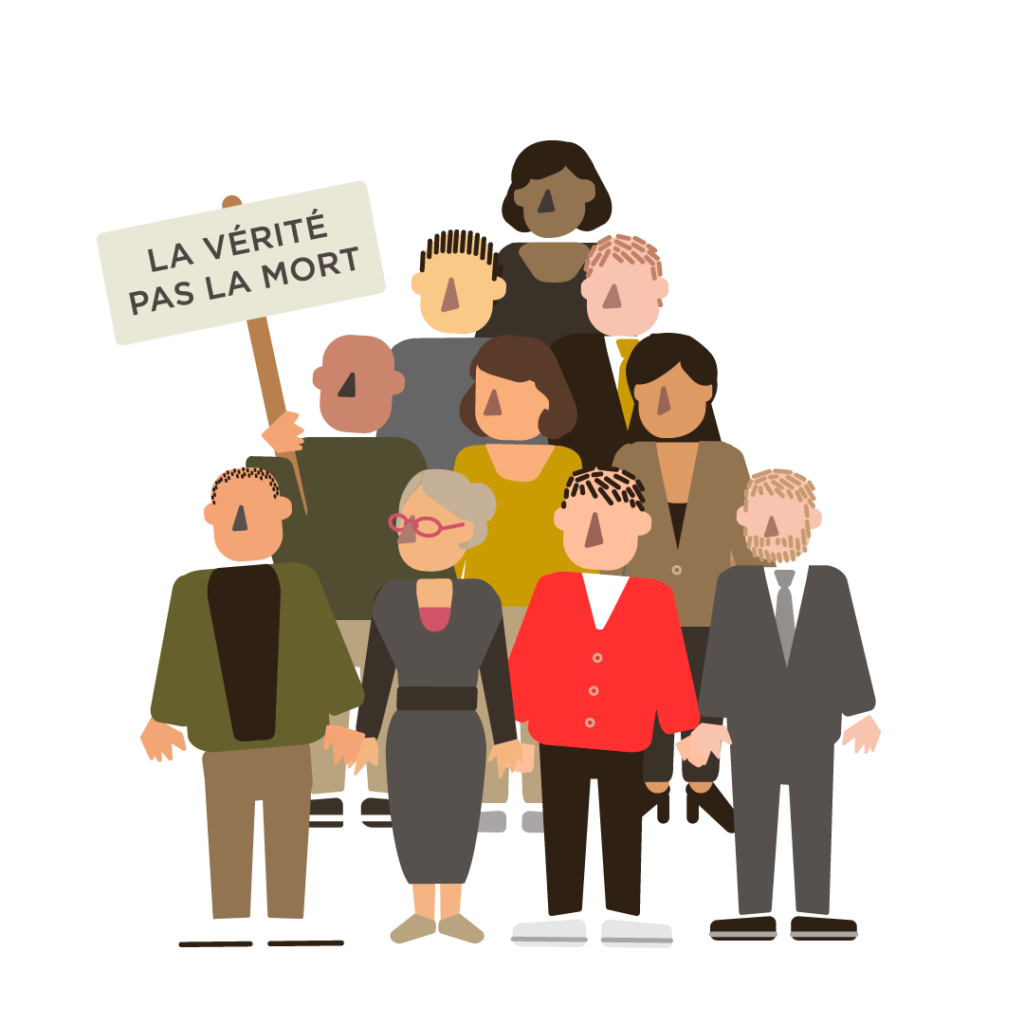
The death penalty is not supported by all families of victims and does not ensure reparation.
Many victims and/or their families call for truth, not death. Above all, they want to understand, to know and to see justice done. In terrorism cases, for example, many victims want sentences to be commuted to life imprisonment and for those convicted to be heard in order to further the fight against terrorism.
Executing these Jihadists will not enable our societies and the victims of terrorism to understand the reasons for their departure and the ramifications of their organisation
Guillaume Denoix de Saint-Marc, Director of the French Association of Victims of Terrorism
10 – Incompatible with rehabilitation
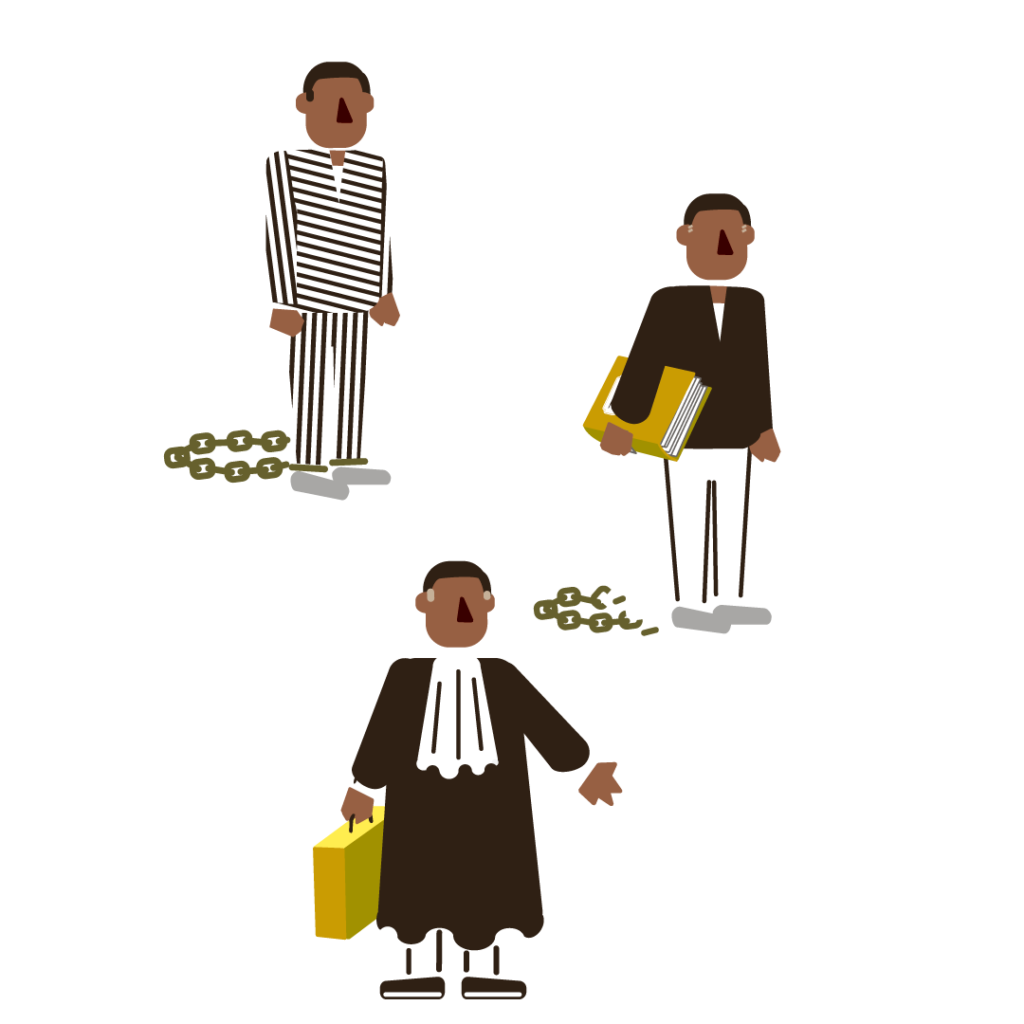
The death penalty is a denial of the capacity for reintegration of each and every one.
A socially useful life remains possible for all prisoners. This is an important objective of justice, which should rehabilitate the perpetrators of
offences and provide reparation in order to restore balance and peace in the community.
